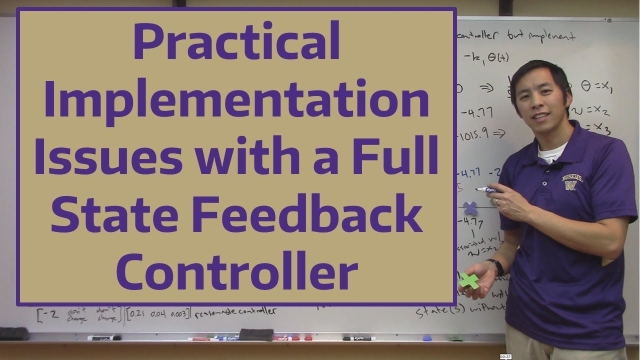
Lecture 9: Time response and Time domain specifications
crash course on complex numbers
In this video, we quickly review “Complex Numbers”. The following materials are covered:1- Cartesian and polar representation of complex numbers2- how to con...
See MoreRouth-Hurwitz Criterion, An Introduction
This video gives an introduction into the Routh-Hurwitz Criterion and the Routh Array. I also present a little background information in order to emphasize why the method was developed and...
See MoreThe Routh-Hurwitz Stability Criterion
In this video we explore the Routh Hurwitz Stability Criterion and investigate how it can be applied to control systems engineering. The Routh Hurwitz Stabi...
See MorePosicast Control 2 - ( In English )
This video is about the Half-Cycle Posicast. It includes some hints about how to simulate this type of control using Simulink
See MoreTUTORIAL on Stability and Routh Hurwitz criterion
Time domain - tutorial 8: LTI systems, impulse response & convolution
In this video, the following materials are covered:1) the beauty of linear & time invariant (LTI) systems2) why the impulse response of an LTI system is so i...
See MoreKoopman Spectral Analysis (Multiscale systems)
In this video, we discuss recent applications of data-driven Koopman theory to multi-scale systems.
See MoreStanford CS234: Reinforcement Learning | Winter 2019 | Lecture 16 - Monte Ca...
Professor Emma Brunskill
Assistant Professor, Computer Science
Stanford AI for Human Impact Lab
Stanford Artificial Intelligence Lab
Statistical Machine Learning Group
Linear Systems of Equations
This video describes linear systems of equations and when they have solutions.
See MoreConstraint Enforcement for Improved Safety | Learning-Based Control
Learn about the constraints of your system. Then see a how to enforce those constraints so the system does not violate them. Constraint enforcement is important for safety-critical...
See MoreSVD: Optimal Truncation [Matlab]
This video describes how to optimally truncate the singular value decomposition (SVD) for noisy data (Matlab code).
See MoreFuzzy Logic, Part 3: Design and Applications of a Fuzzy Logic Controller
This video walks you through the process of designing a fuzzy inference system that can balance a pole on a cart. You can design a fuzzy logic controller using just experience and intuition...
See MoreControl Bootcamp: Three Equivalent Representations of Linear Systems
This video explores three equivalent representations of linear systems: State-space ODEs, Frequency domain transfer functions, and Time-domain impulse response convolution.
See MoreBode Stability Criterion in Frequency Response Analysis Intro
The Bode stability criterion allows us to quickly determine the stability and relative stability of a transfer function. It uses a graphical method that can ...
See MoreUsing a Homogeneous Transformation Matrix to Combine Rotation and Translatio...
In this video we discuss how to properly deal with coordinate frames that are both rotated and translated from one another. We develop a homogeneous transformation matrix which combines a...
See MoreMachine Learning Goals
This lecture discusses the high-level goals of machine learning, and what we want out of our models. Goals include speed and accuracy, along with interpretability, generalizability...
See MoreFeedforward Control Intro
If we know how a disturbance will affect an output, we can proactively change our manipulated variable to counteract it.
See MoreDrone Simulation and Control, Part 4: How to Build a Model for Simulation
This video describes how a good model of the drone and the environment it operates in can be used for simulation and test. It shows how nonlinear and linear models are both needed for...
See MoreDirect Synthesis for PID Design Intro
Direct Synthesis for PID Design Intro
See MorePeter Ponders PID - Simulation Methods, Which is Best?
Peter Ponders PID - Tank Level Control
Fourier Series [Matlab]
This video will describe how to compute the Fourier Series in Matlab.
See MorePractical Implementation Issues with a Full State Feedback Controller
In this video we investigate practical implementation issues that may arise when attempting to use a full state feedback controller on a real system. We ill...
See MoreTrimming a Model of a Dynamic System Using Numerical Optimization
In this video we show how to find a trim point of a dynamic system using numerical optimization techniques. We generate a cost function that corresponds to ...
See More
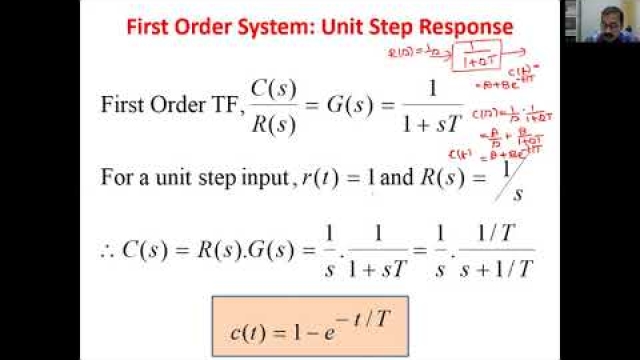
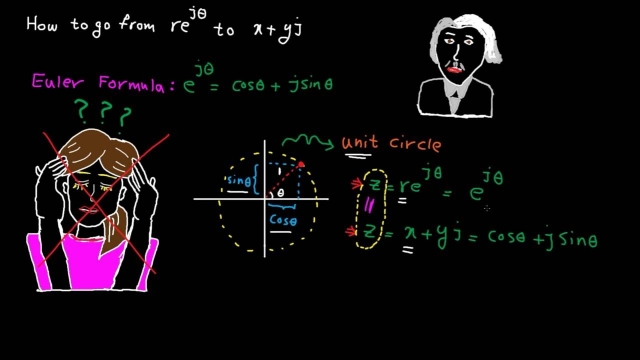
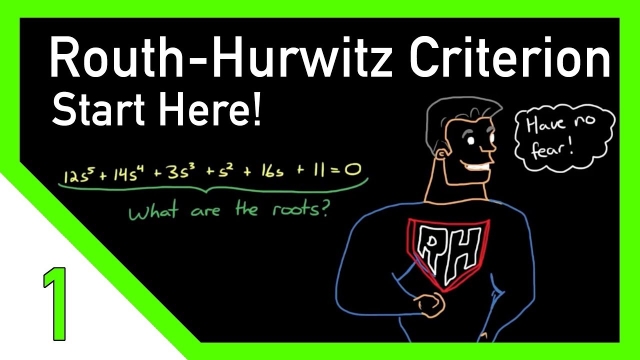
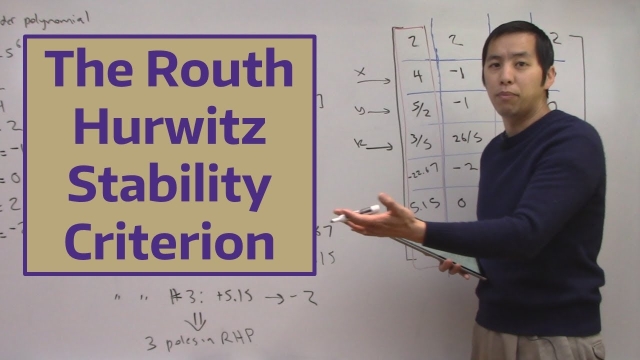
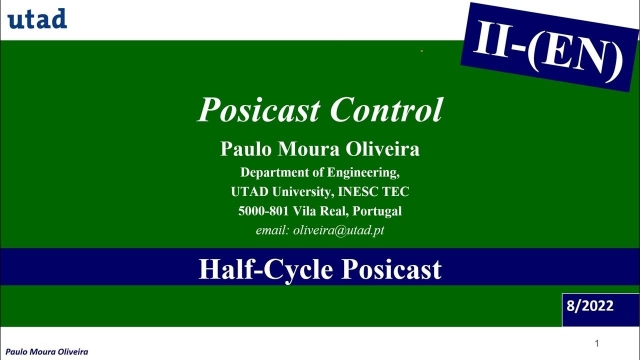
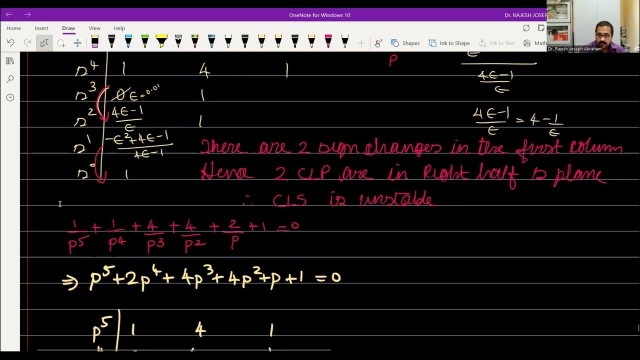
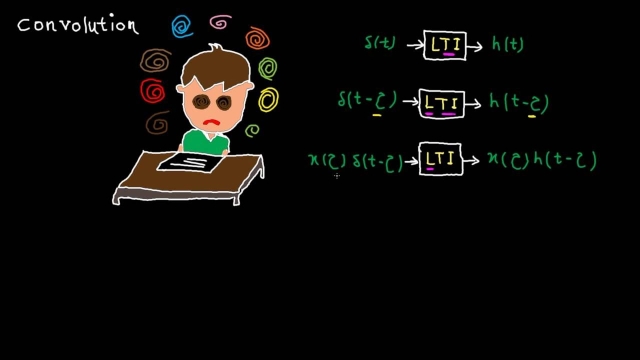
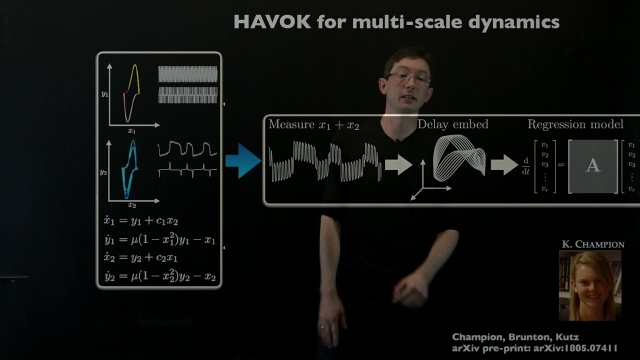

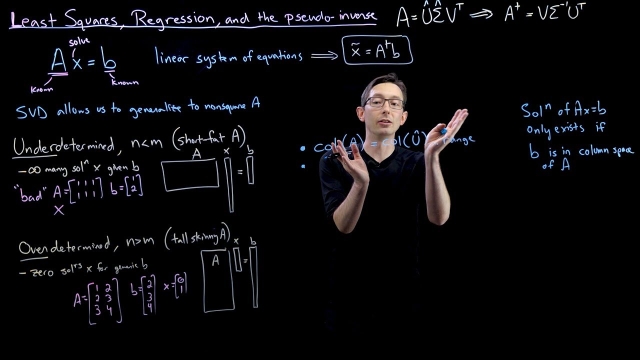
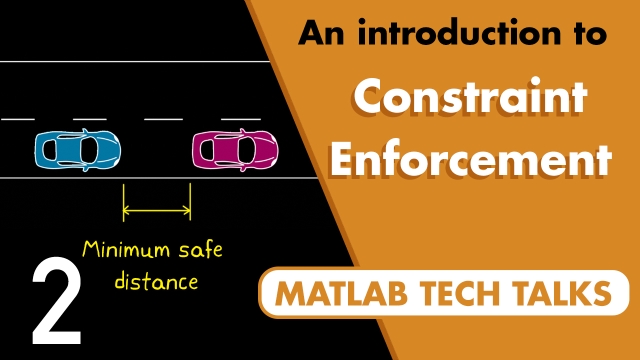
![SVD: Optimal Truncation [Matlab]](/sites/default/files/styles/search_resulkts/public/2020-12/maxresdefault_423.jpg?itok=Op0DbiId)
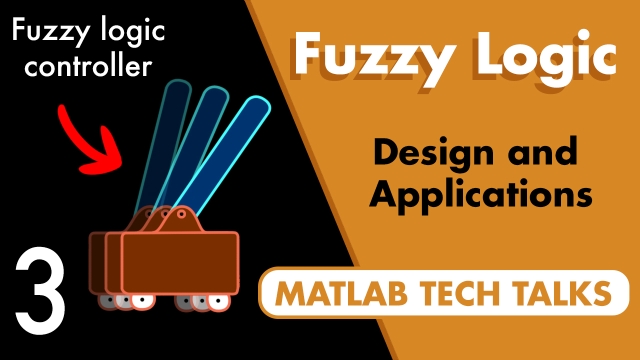
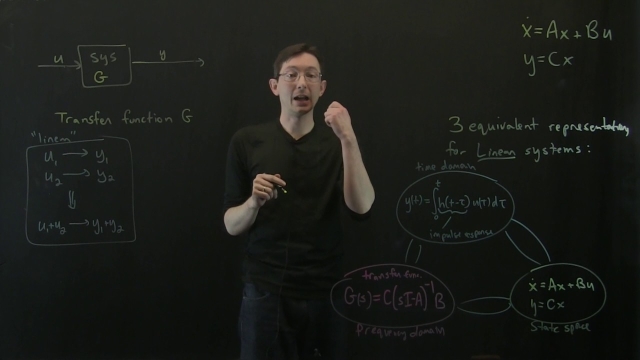
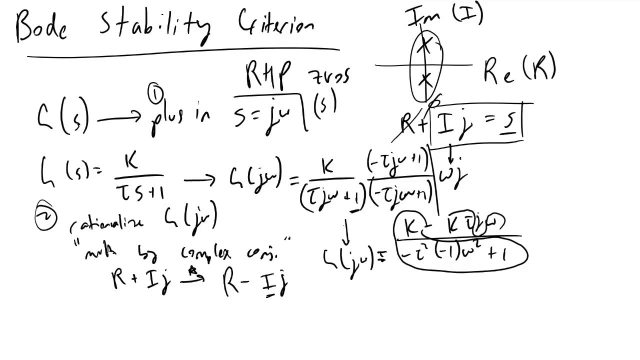
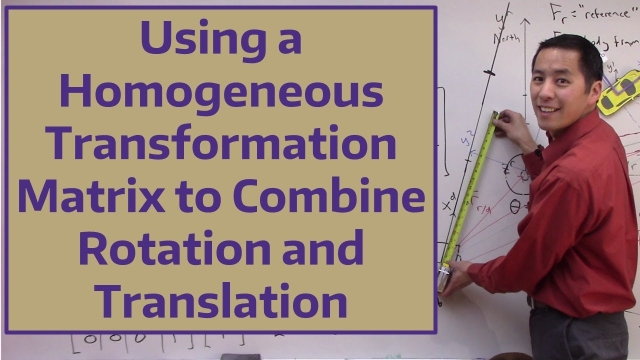
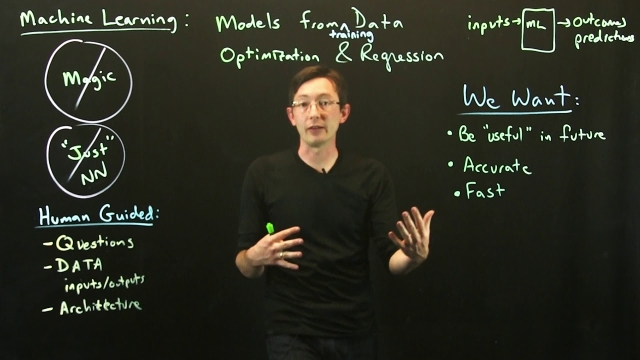
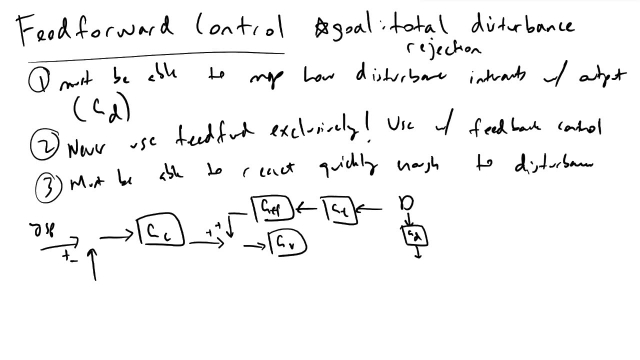
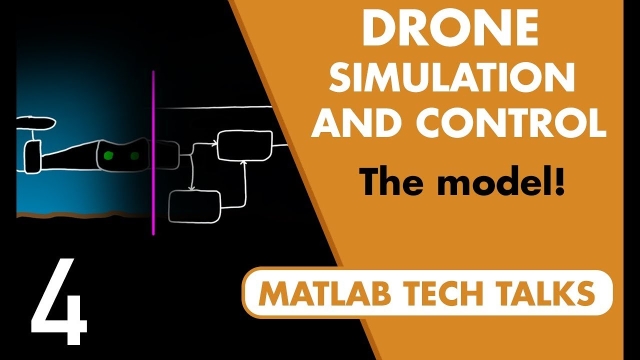
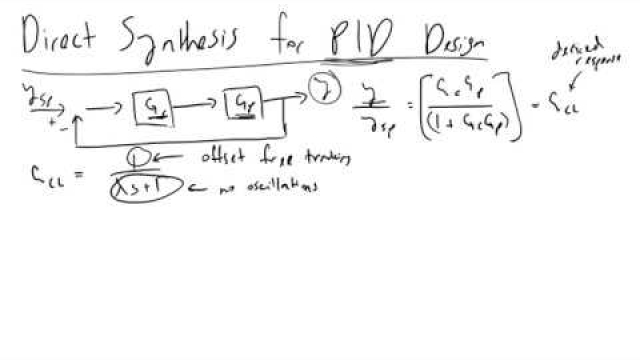
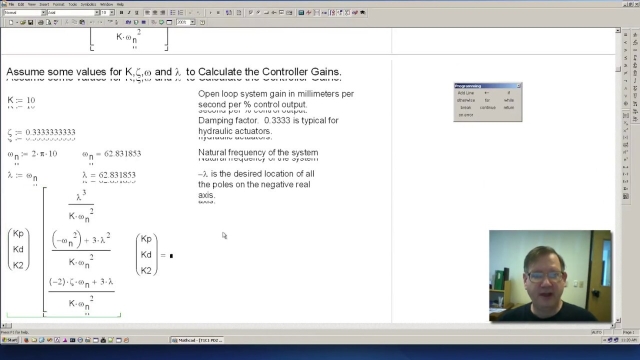
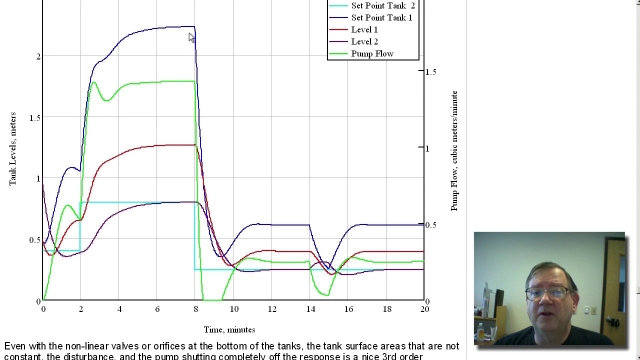
![Fourier Series [Matlab] Fourier Series [Matlab]](/sites/default/files/styles/search_resulkts/public/2020-12/maxresdefault_361.jpg?itok=HDuxGf-8)
